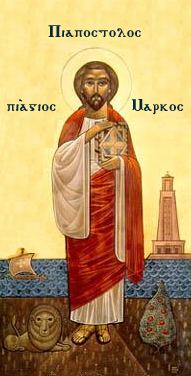Numeric value: 200 | ||
 | ||
Es (С с; italics: С с) is a letter of the Cyrillic script.
Contents
It commonly represents the voiceless alveolar fricative /s/, like the pronunciation of ⟨s⟩ in "sand".
History
The Cyrillic letter Es is derived from a variant of the Greek letter Sigma known as lunate sigma (Ϲ ϲ), in use in the Greek-speaking world in early medieval times. It has no connection to the Latin letter C (C c), which is a descendant of the Greek letter Gamma (Γ γ); however, many languages (for different reasons) apply the value of /s/ to the Latin letter C, especially before the vowels e and i (examples being English, French, Mexican Spanish); see hard and soft C. As its name suggests, Es is actually related to the Latin S.
The name of Es in the Early Cyrillic alphabet was слово (slovo), meaning "word" or "speech".
In the Cyrillic numeral system, Es had a value of 200.
Form
In the modern Latinized Cyrillic fonts in use today, the Cyrillic letter Es looks exactly like the Latin letter C, being one of six letters in the Cyrillic alphabet that share appearances with Latin alphabet letters but are pronounced differently (or at least differently from the most common pronunciation).
Usage
As used in the alphabets of various languages, Es represents the following sounds:
The pronunciations shown in the table are the primary ones for each language; for details consult the articles on the languages.
